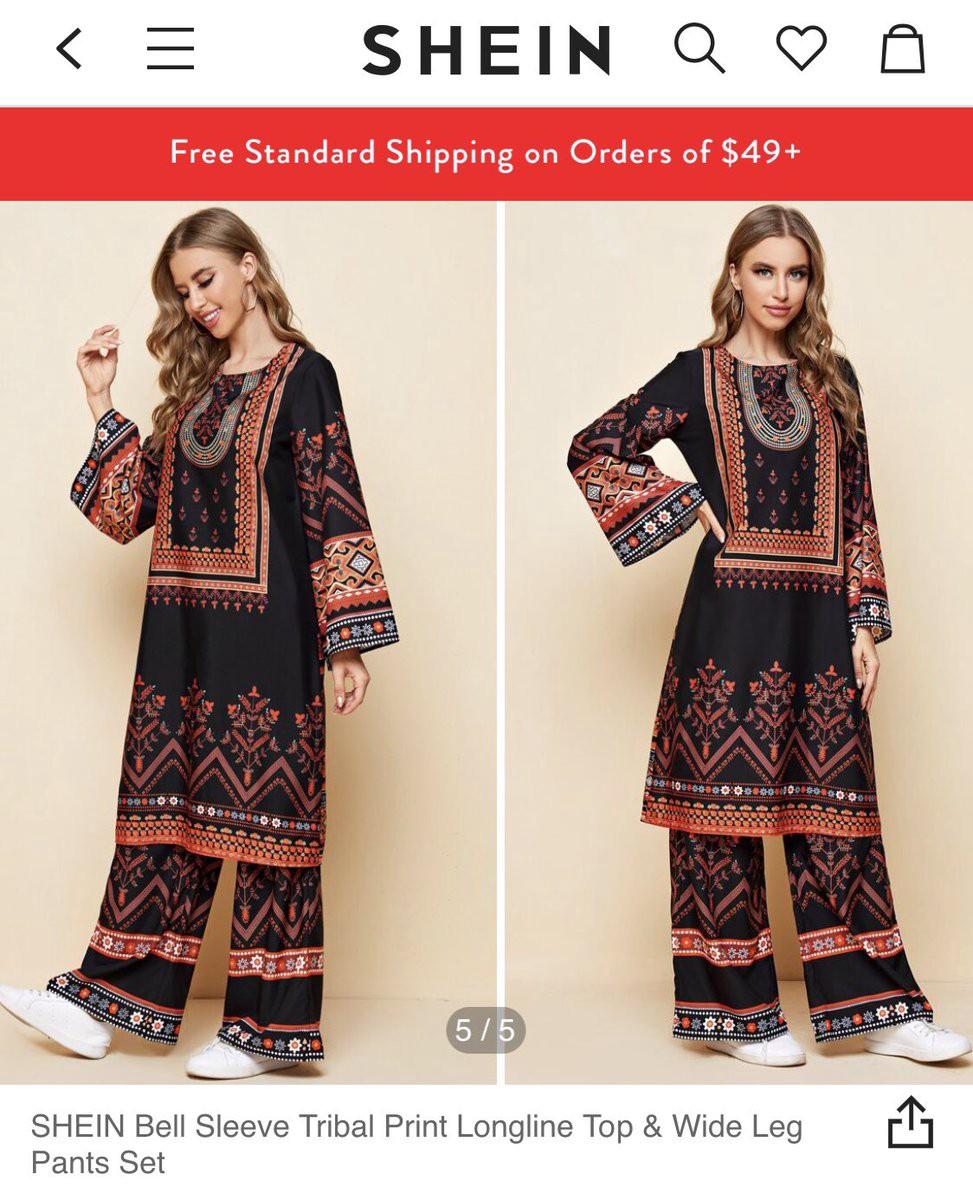By Johanna Lau

As companies become more sensitive to the demands of the public, many aspects of the fashion industry are under analysis for sustainable and inclusive practices — and brands drawing inspiration from traditional styles are no exception.
What is cultural appropriation?
According to Britannica, cultural appropriation happens when “members of a majority group adopt cultural elements of a minority group in an exploitative, disrespectful, or stereotypical way.” Designers taking elements of traditional designs and using them for profit without benefitting the communities of origin is a form of exploitation. Unfortunately, this is a common practice for many fast fashion companies, who “borrow” designs without respecting their original meaning and history.
How is boho fashion an example of this?
Boho fashion refers to the “bohemian” style, characterized by natural fabrics, floral patterns, and 70s-style accents. It is often described as “free-spirited” or “hippie” fashion and is a popular festival style.
“Bohémien,” however, was used as a derogatory term in French to describe nomadic communities in France around the 15th century. While boho fashion draws from and romanticizes gipsy lifestyles, it does not give attention to the reality of its Romani origins; Romani people were discriminated against and persecuted, resulting in a nomadic lifestyle that was not by choice. Additionally, “gipsy,” which is a common association and descriptor for boho culture, is considered a racial slur by many Romani people as it reinforces these harmful stereotypes.
How can companies and consumers support cultural celebration rather than appropriation?
While the fashion industry is notorious for overconsumption and exclusivity, some companies prioritize ethical sourcing and supporting the communities they draw inspiration from.

Take Meüne, for example. In this interview, Nahir Sarsur, the Founder, elaborates on how Meüne uses indigenous embroideries made by indigenous communities in the Andes. Since it is a direct trade and Meüne does not negotiate, the money goes straight to the artisans for the price that their work is worth. Not only this, but the artisans also co-design the garments and are credited. Hence, the community can continue to pass on their embroidery techniques generationally rather than selling their labour to large corporations.
By researching and supporting ethically sourced brands, we can continue to build demand for ethical, sustainable fashion while indulging in the styles we love.
